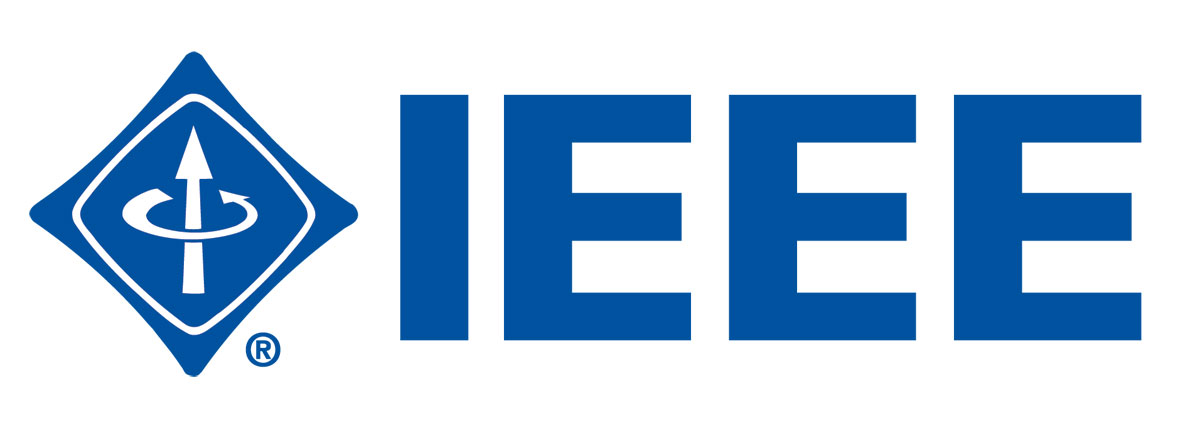TITLE PROJECT:
Development of Agile Transition Model for Non-Agile IT Organizations
DURATION OF PROJECT:
May 2015-October 2016 (1 Year 6 months)
SPONSOR:
Research University Grant (GUP)
EXECUTIVE SUMMARY:
Today’s software development environment is very much dynamic, and organizations are constantly changing their software requirements to adjust with new business needs. They also demand for fast delivery of software products as well as for accepting changes in requirements at any stage of software development. In this aspect, traditional waterfall or plan-driven developments fail to meet up these challenges. Thus, the IT organizations are struggling to transform their non-agile environment to agile-based environment. Though, a number of transition models and frameworks proposed in the literature and by trade press which claim to guide organizations to adapt to agile. Nevertheless, these models and frameworks still pose problems in smooth transition towards agile in rapid fashion, as they normally take 2-3 years for transition. Thus, this research attempts to propose a novel model that will help non-agile IT organizations towards smooth transition from plan-driven towards agile with minimum effort and time. The suitability of the proposed model for migration from traditional software development environment to agile development environment will be validated in an industrial case study.
From the project implementation, despite the agile adoption and transformation success stories of individual organizations in the literature and trade press, it is rather complicated to get an exact and representative depiction of successful Agile adoption. The organizations are facing the challenge of adopting agile that takes a long time as a journey, normally 2-3 years to truly adopt agile. This study aims to study almost all models and frameworks proposed so far to find out the limitations in them. Based on the analysis, this research will develop a suitable agile model that will guide non-agile organizations to best assisting them to transit from a traditional waterfall methodology to agile method.
OBJECTIVE:
1. To analyse the strengths and limitations of existing agile-transition models, with respect to time and labour intensity
2. To propose a novel agile transition model for quick and less labour intense transition
3. To validate the effectiveness of the new model in an industry-based case study using degree of agility measuring approach






